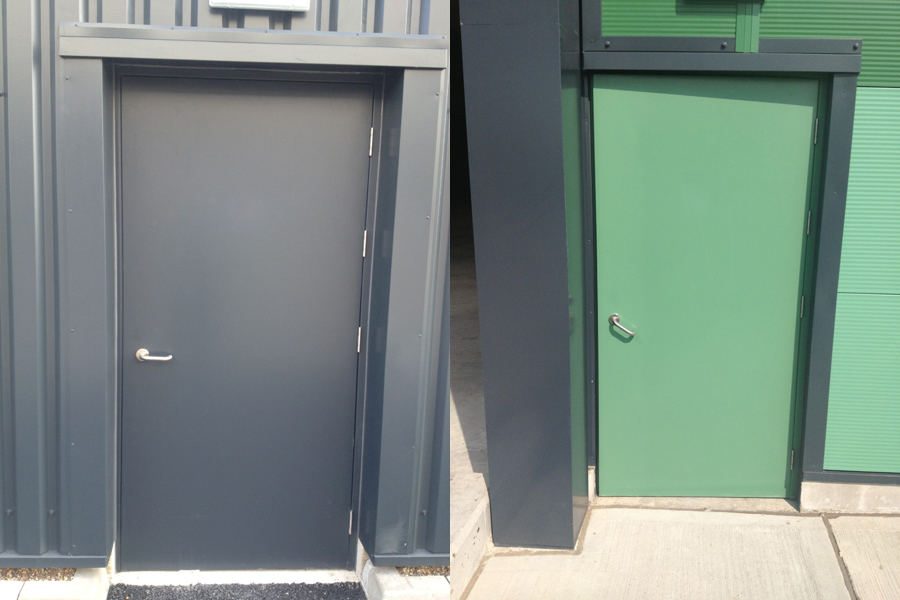New research by the Home Builders Federation estimates that local authorities in England and Wales are sitting on over £8 billion of infrastructure payments made by developers, including over £6bn from Section 106 agreements and almost £2bn raised through the Community Infrastructure Levy (CIL).
The research is based on a Freedom of Information (FOI) survey which received responses from 208 local authorities.
The responses show that, on average, councils hold £19 million in unspent Section 106 infrastructure contributions - at a time when central Government is short of money to invest in infrastructure as the new government searches for much-needed economic growth.
Developer contributions are paid to the local authority to fund affordable housing, infrastructure and amenities to improve the local area for new and existing communities, as part of the process of granting planning permission. The principal source of funding from builders comes from Section 106 agreements between the developer and the council detailing what will be provided or paid for, including new Social Homes, new school buildings, GP surgeries, parks and transport improvements.

This research, however, demonstrates that a lack of capacity or willingness to spend developer contributions by some local authorities is preventing communities across the country from realising the benefits that have been paid for by the industry – further fuelling misguided objections to development that cite a lack of infrastructure for local communities.
Furthermore, 26% of the unspent contributions have been held for more than five years, suggesting that around £1.6bn of vital funds for Affordable Housing and other infrastructure has been sitting in council bank accounts for more than half a decade.
The top 20 councils collectively hold around £2bn, with Oxfordshire County Council holding the largest amount of unspent Section 106 monies among respondents (£288m). Recent Committee notes published by Oxfordshire County Council highlight that it has held some funds for more than 20 years - completely severing the link between developer payments and new infrastructure provision for communities.
The estimated £8bn of unspent money includes:
- £817 million in unspent Affordable Housing contributions that could support the delivery of around 11,000 Affordable Homes
- £1.1 billion in highways and roads contributions across England and Wales: enough to fund the repair of around 12.6 million potholes
- £2 billion in unspent education contributions could support 126,000 new school places - at a time when much of the existing school estate is unsafe and in disrepair
- £873 million in unspent social infrastructure contributions could fund around 1,000 sports halls and 4,700 community games areas
Local authorities in major cities with communities at the sharp end of the housing crisis hold the greatest sums of Section 106 monies allocated for Affordable Housing – with six of the top 10 councils with the largest Affordable Housing sums unspent being in London.
In Wokingham, where the council is holding £41m paid for by developers to support the delivery of Affordable Housing in the borough (the second highest of any council), local house prices are more than 10 times local wage levels. Data released by Wokingham Borough Council showed that in 2022-23, the council spent £680,000 on emergency accommodation for homeless households and a further £200,000 on Temporary Accommodation.
Section 106 agreements often stipulate that they can be returned to the payee if the sums have been held too long as projects are deemed unlikely to be delivered meaning that communities do not receive all the benefits of development that local authorities have committed to.
The results of the FOI requests showed that 80 local authorities – around a third of all those who responded to this question – have returned Section 106 money to developers in the past five years, with a total of £20.6m being returned in total. House builders very rarely track what happens to their Section 106 payments and few seek reimbursement if it is found to have gone unspent. The home building industry would always prefer that money provided for a specific purpose is spent accordingly and within good time as this ultimately benefits the residents in the new communities built by the developer.
However, the industry is concerned that inaction by some councils and a lack of local authority capacity to deliver infrastructure, along with fiery rhetoric about development and developers from some politicians and campaign groups, is contributing to negative perceptions of house building across the country.
HBF is calling for greater transparency so that council Infrastructure Funding Statements (IFS) clearly outline the reasons why infrastructure is delayed and how long money has been held for. Local authority planning department budgets must also be placed on a sustainable footing to ensure there are sufficient staff and resources for oversight and monitoring of developer contributions.
Neil Jefferson CEO at HBF, said: “Each year developers contribute around £7 billion to local authorities for the provision of local infrastructure, affordable housing and education, recreational and health facilities but some councils are increasingly failing to invest this cash into the services that so desperately need it.
“Investment in new housing delivery brings unrivalled economic and social benefits to communities but too many of these advantages are going unseen by local people. With the Government desperate to find money to invest in infrastructure to drive growth, it is nonsensical to have billions sat in council bank accounts.
"Furthermore, a lack of infrastructure provision is often cited as a reason to oppose development, yet this pipeline of billions of pounds of unspent infrastructure funding is too often underappreciated in debates about the impact of new development.
"Whilst appreciating the pressures and constraints on councils, we simply have to find a better way to ensure this money is spent promptly to benefit local communities, support local services and drive growth.”




















